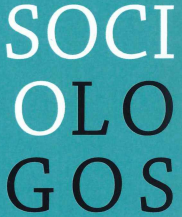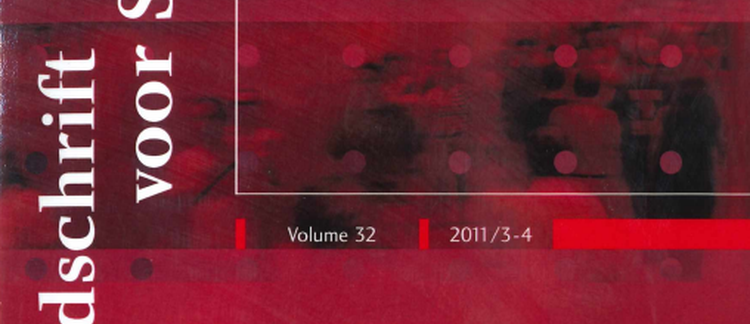Abstract
Enlargement of the European Union to the less prosperous countries of Eastern Europe has invigorated the debate about the accurate measurement of poverty. Even though there is agreement that poverty indicators should somehow take account of the social context, there is much discussion of the extent to which poverty indicators should be relative (i.e. dependent on the social context). The compound indicator of poverty and social exclusion which is used in the new Europe 2020 Strategy consists of one sub-indicator using national poverty lines and another one which adheres to a single European poverty line. As a result, the number and distribution of the poor differs markedly with each sub-indicator. Although each sub-indicator has both academic merit and political importance, we believe that reference budgets may offer important additional information on the cross-national variation in the minimum income needed to participate fully in society. Moreover, poverty lines based on reference budgets can suggest ways to reduce poverty. The main disadvantage of the European reference budgets currently used is that they are difficult to compare. In this article we outline how to move forward towards cross-country comparable reference budgets, listing the main points of discussion in order to develop the essential common theoretical framework and methodology.
How to Cite:
Storms, B., Goedemé, T. & Van den Bosch, K., (2011) “De meting van armoede in de Europese Unie: een pleidooi voor de ontwikkeling van Europese referentiebudgetten”, Tijdschrift voor Sociologie 32(3-4), 470–496. doi: https://doi.org/10.21825/sociologos.86786
Downloads:
Download PDF
View PDF


